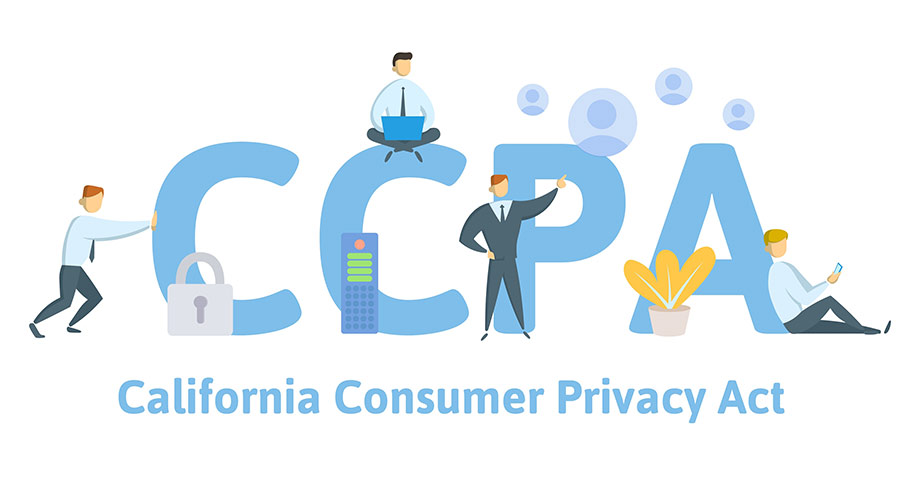
Imagine if every business decision you made was the best one you could possibly make. Profits maximized every single time. Where would that land your company? Fortune 50? Better? The difficulty with achieving a perfect record of decision making is that the best strategy to optimize your business outcome is frequently unobvious and may even be counter-intuitive. Because our business environment is so competitive, choosing one strategy over another can mean the difference between a business’ failure and success. It’s therefore worth spending the time to strategize intelligently.
In order to develop the strategy that will render your best business outcome, you need to:
- Obtain sufficient information about your market, its players, potential entrants, consumer demand, cost structures, and any other information that is relevant to your decision at hand;
- Brainstorm creative potential strategies; and
- Accurately calculate the financial consequence of every possible decision.
Assuming you are perfectly adept at gathering information, up your strategy game by intense brainstorming. You may find that your best strategy comes from the ideas that are only reached by stretching your mind beyond your normal limits of creativity. Below are examples of such unobvious, surprising, and counter-intuitive strategies that can optimize business outcomes.
In the simplest example, a business may decide to employ a strategic entry barrier to keep potential new entrants out of their market if the costs of deterring entry are lower than the loss in profits when losing market share. To deter entry, the incumbent may decide to employ predatory pricing*, a strategy in which the business charges prices lower than their costs. This strategy is definitely not obvious and to many may seem even irrational. However, this strategy is rational and likely outcome optimizing, since the incumbent would be worse off if a new market entrant were to enter the market.
Another interesting example of a non-obvious, yet rational and profit-maximizing strategy is a software company offering a student version of software at a lower price than it offers the standard version. This is a non-intuitive discriminatory pricing strategy because the student version, with its reduced functionality, is actually more expensive to make than the standard version. That is because the software is programmed as the full standard version first and then programmed to limit functionality to make the student version. This is a rational, profit-maximizing strategy, however, because students have less willingness to pay for software than professionals. Under this pricing scheme, the software company will sell more total copies of its software (than had it chose to just charge a high price to professionals), and will still be able to charge a higher price to professionals who have a higher willingness to pay than students. As an additional benefit, many of those students will spend time learning the software and will thereby be “locked-in” only to return to purchase the standard version at full price in the future.
Adding to the complexity of decision-making is considering the effect of our decisions on future interactions, a skill which requires foresight and more complex calculation. Strategizing in repeated game situations, to borrow from Game Theory, is vastly different than strategizing for a game that is played only once (a one-time interaction). Claims made against insurance companies are an example of repeated games. To maximize their profits, insurance companies often employ the strategy of spending more money to defend cases in litigation than they would have to spend if they settled those cases quickly before a lawsuit was filed. On a case by case basis, this may seem like a grossly irrational move. However, because this is a repeated game situation, with potential claimants and attorneys closely observing how insurance companies respond to claims, this strategy of vigorously defending cases ensures that frivolous claims be made minimally, saving insurance companies money overall.
Finally, another beneficial, yet surprising way a company can optimize its outcome is by using a commitment strategy to influence competitor behavior when it has a first mover advantage. Such a strategy involves a commitment by the business to restrict its options so that once the commitment is made, it is in the best interest of the business to follow through with the commitment. Here is hypothetical example of how a commitment strategy would optimize a company’s outcome:
Imagine two aircraft manufacturers are both considering launching a new and improved aircraft to service domestic air routes. Given the costs associated with developing the new aircraft, only one competitor can profitably design and launch a new product. If both companies continue to sell their existing models, it is projected that Company A will make a profit of $400 Million (M) over the next five years while Company B will have a profit of $500 M. If Company A launches the new plane and Company B does not, Company A will make $500 M and Company B will make $300 M. If Company B launches the new aircraft and Company A does not, Company B will make profits of $400 M and Company A will make $300 M. If both companies launch the new aircraft, Company A will lose $50 M and Company B will lose $100 M.
If you are the CEO of Company B, what would you do? If you can move first, your best move would be to commit to launching the plane. Why? Because if Company B goes first and chooses not to launch, then Company A will launch. As a result, Company B will receive $300 M, not $500 M. If Company B chooses to launch the plane, Company A’s best response is to not launch since $300 M is greater than -$50 M. Under these circumstances, Company B ends up with a net payoff of $400 M, which is certainly better than the $300 M it would have received if it didn’t launch.
Company B could credibly commit to launching the new product by signing a contract with customers in which it would pay an exorbitant penalty if it failed to deliver the new product. Other examples of commitment include making a “sunk cost” investment in capacity, or promising to launch a new product where not doing so would adversely affect your business’ reputation.
The importance of developing the optimal strategy for your business cannot be understated, indeed it can mean the difference between reaching Fortune 50 and bankruptcy. At minimum, the strategy you choose will impact your business’ bottom line. Since the best solution to a problem may not be immediately apparent or intuitive, take extra time to brainstorm those hard to reach ideas.
*Predatory pricing may result in antitrust claims of monopolization and therefore must be carefully considered before employing such a pricing scheme.




